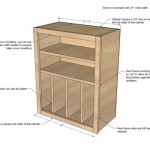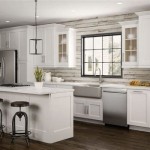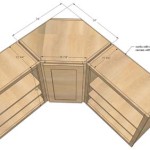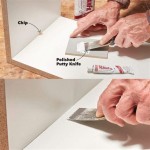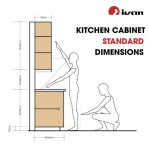Essential Aspects of Sanding Kitchen Cabinets
Sanding kitchen cabinets is a crucial step in refinishing or repainting them, as it prepares the surface for a smooth and even finish. Understanding the essential aspects of sanding kitchen cabinets is paramount to achieving optimal results.
Before delving into the details, let's clarify the part of speech of "Sanding Kitchen Cabinets." It is a verbal phrase or gerund phrase, which essentially functions as a noun. As a noun, it represents the process of removing old paint, stains, or imperfections from kitchen cabinets using sandpaper.
Now, let's delve into the essential aspects of sanding kitchen cabinets to ensure a flawless finish:
1. Choosing the Right Sandpaper
Selecting the appropriate sandpaper is crucial for efficient and effective sanding. Start with a coarse-grit sandpaper, such as 80-grit, to remove thick layers of paint or stains. Gradually progress to finer grits, such as 120-grit and 220-grit, to smooth the surface and remove any remaining imperfections.
2. Sanding with the Grain
Always sand with the grain of the wood to avoid scratching or damaging the surface. This will result in a smoother finish and prevent cross-grain scratches that can be difficult to remove.
3. Using a Sanding Block
Employing a sanding block provides a flat surface for even sanding. It helps prevent gouges or uneven areas that can compromise the final finish.
4. Removing Dust Regularly
Accumulated dust can clog the sandpaper and impede sanding progress. Regularly remove dust using a vacuum cleaner or compressed air to ensure optimal sanding efficiency.
5. Sanding in Stages
Avoid attempting to remove all paint or stains in one sanding session. Start with coarse-grit sandpaper to remove thick layers, then gradually move to finer grits for smoothing and finishing. This staged approach yields a more efficient and controlled sanding process.
6. Checking for Imperfections
After sanding, thoroughly inspect the surface for any remaining imperfections, such as scratches, divots, or uneven areas. Address these imperfections with appropriate sanding techniques and progressively finer sandpaper to achieve a flawlessly smooth surface.
By adhering to these essential aspects of sanding kitchen cabinets, you can effectively prepare your cabinets for a superior refinishing or repainting project, ensuring a stunning and durable finish that will enhance the overall aesthetics of your kitchen.

A Guide To Painting Kitchen Cabinets Norton Abrasives

A Guide To Painting Kitchen Cabinets Norton Abrasives

How To Paint Kitchen Cabinets A Step By Guide Confessions Of Serial Do It Yourselfer

How To Paint Kitchen Cabinets A Step By Guide Confessions Of Serial Do It Yourselfer

Refinishing Kitchen Cabinets Modern Refacing Made Easy Wisewood
Refinishing Kitchen Cabinets A Beautiful Mess

How To Refinish Wood Cabinets The Easy Way Love Remodeled

Refinish Kitchen Cabinets With Kilz Restoration Primer

Afraid To Paint Kitchen Cabinets Inspiration And Information Salvage Sister Mister

How To Paint Fake Wood Kitchen Cabinets Simple Made Pretty 2024
Related Posts


